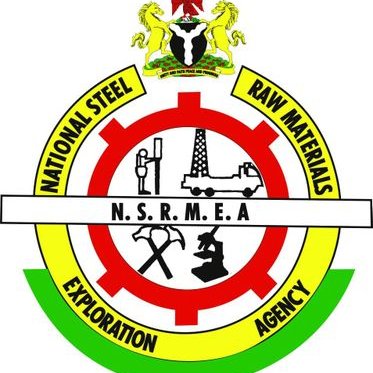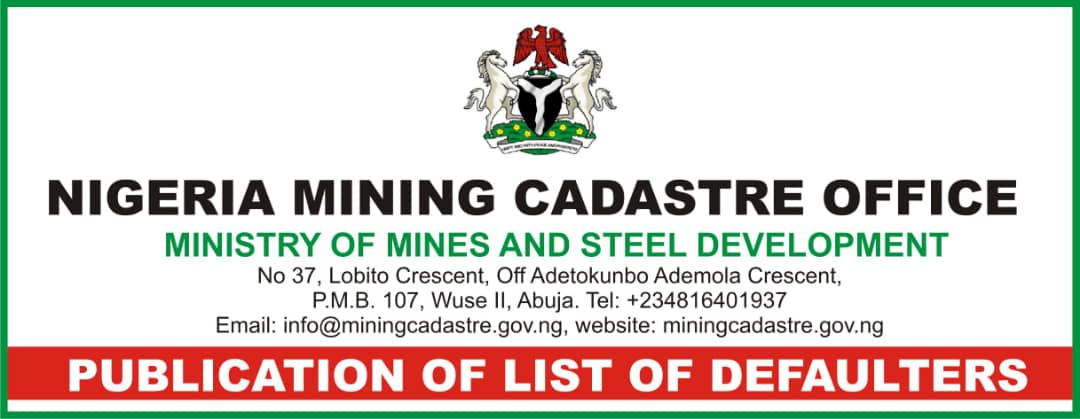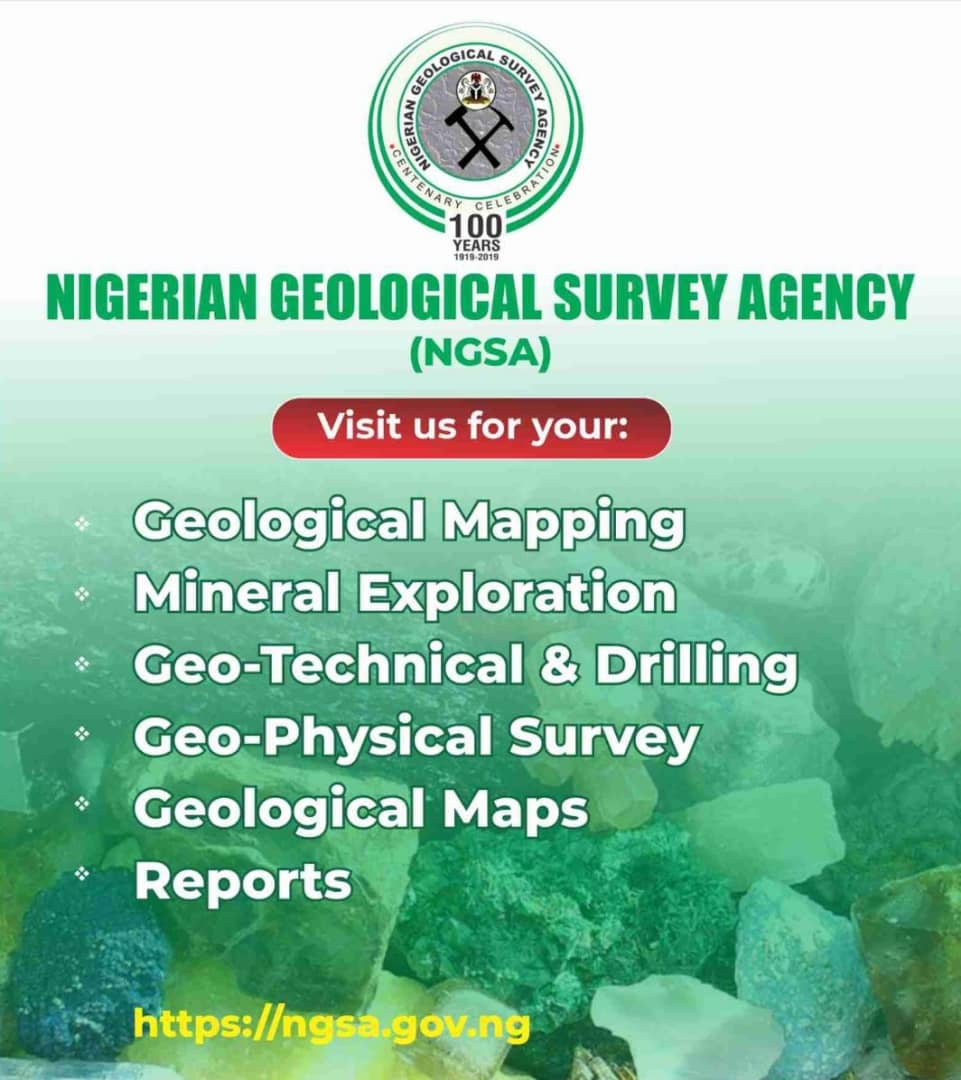
The Nigeria Civil Aviation Authority (NCAA) has affirmed that the Nigerian Airspace Management Agency (NAMA) has complete radar footages of the two aircraft that recently flew into prohibited areas.
Major events that defined Tinubu’s 100 days in office
The authority also said NAMA had full details of the identities of the aircraft and operators involved.
The NCAA said this was only made possible due to functional Primary and Secondary Surveillance Radars in Abuja. Similar installations are in Lagos, Kano and Port-Harcourt.
The NCAA had recently issued warning to aircraft owners and operators to avoid flying to prohibited areas after an aircraft was seen hovering around the presidential villa.
The NCAA stated that, in keeping with its regulatory responsibilities, it issued an All Operators Letter (AOL DGCA/021/24) wherein the term ‘unknown aircraft’ was used as reported to the NCAA, which is the normal security terminology.
The NCAA stated in a statement that its attention has drawn to statements insinuating that the Nigerian airspace is insecure due to a lack of coverage by Radar.
“NCAA firmly aligns with the statement from the Nigerian Airspace Management Agency (NAMA) on the Total Radar Coverage Of Nigeria (TRACON).
“In furtherance to this, the NCAA investigated two recent cases of violations of the prohibited flight zones – DNP4 – in Abuja and established that both violations comprised controlled flights in a controlled airspace, but strayed into restricted airspace as a result of adverse weather.
“However, as explained above, investigations revealed NAMA had complete footage and details of the aircraft that entered the prohibited flight zone. The writer, obviously, not conversant with the technical operations of radar systems, ought to have simply consulted the right professionals to be educated accordingly,” the NCAA stated.
The NCAA further explained that the primary surveillance radar alone only identifies aircraft as moving targets without aircraft identity, while the monopulse secondary surveillance radar (MSSR), on the other hand, which forms a major component of the TRACON, is the equipment that allows for identification of any aircraft equipped with an ATC Mode ‘S’ transponder.
“The requirement for all aircraft flying in controlled airspace to have serviceable ATC transponders is an international standard that Nigeria ensures strict adherence to. This requirement, derived from Annex 6 to the Convention on International Aviation, is documented in Part 7 of the Nigeria Civil Aviation Regulations.
“This, therefore, makes it a violation of the regulations, and indeed a security breach, for any aircraft to put this system off while flying in controlled airspace, and such action would attract appropriate sanctions in accordance with the NCAA’s enforcement procedures, including possible criminal referral,” the NCAA explained.
On the issue of the welfare of Air Traffic Controllers (ATCOs), the NCAA said it had, only recently, intervened in a face-off between ATCOs and NAMA on the need for improved remuneration and working conditions for ATCOs.
As regards the improvement of Nigeria’s aviation infrastructure, the NCAA said Nigeria’s radar coverage is being backed up with five additional MSSR stations at Obubbra, Ilorin, Talata Mafara, Maiduguri and Numan to augment the four existing radar centers and achieve total coverage of the country.








